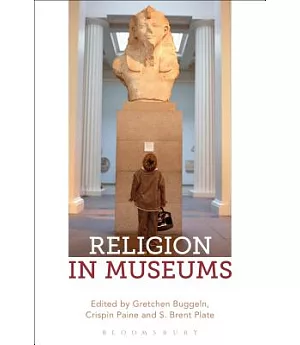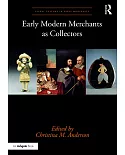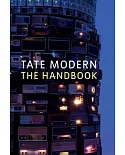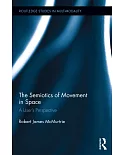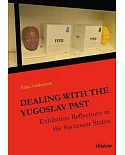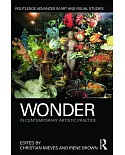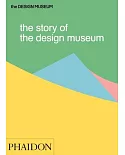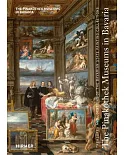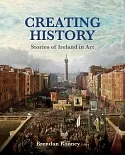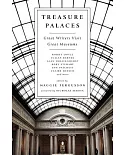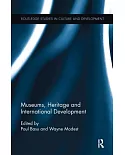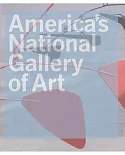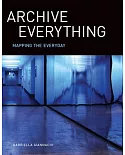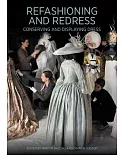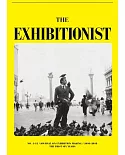Religion in Museums lies at the intersection of the growth of museum attendance and the increasing social and geopolitical complexity of religion. Most museums throughout the world –
whether art, archaeology, anthropology or history museums – address religion, and the majority include religious objects. This is the first volume to take a broad survey of how museums
address religion as well as religious objects, and charts a course for future research and interpretation.
Museums provide spaces where people of different religious and secular backgrounds encounter the practices and beliefs of others, and museums are responding to this opportunity with a
plethora of new exhibitions and activities, and scholars are researching the effects. Bringing together scholars and practitioners from north America and Europe, the volume explores the
cultural work of museums from a cultural studies perspective, as well as the role of museums in the rapidly increasing interest from religious studies scholars in visual and material culture.
The book is divided into six sections: museum buildings, visitors, objects, collecting and research, interpretation, and religion in different types of museum. Each part is introduced by an
editor or leading scholar, who presents an overview of the field and developing trends. Case studies provide comprehensive coverage and range from museums devoted specifically to the
diversity of religious traditions such as the Museum of Biblical Art in New York City, to exhibitions centered on religion at secular museums, such as Hajj: Journey to the Heart of
Islam, at the British Museum.

